Indigenous Land & TAMUCC Land Acknowledgement
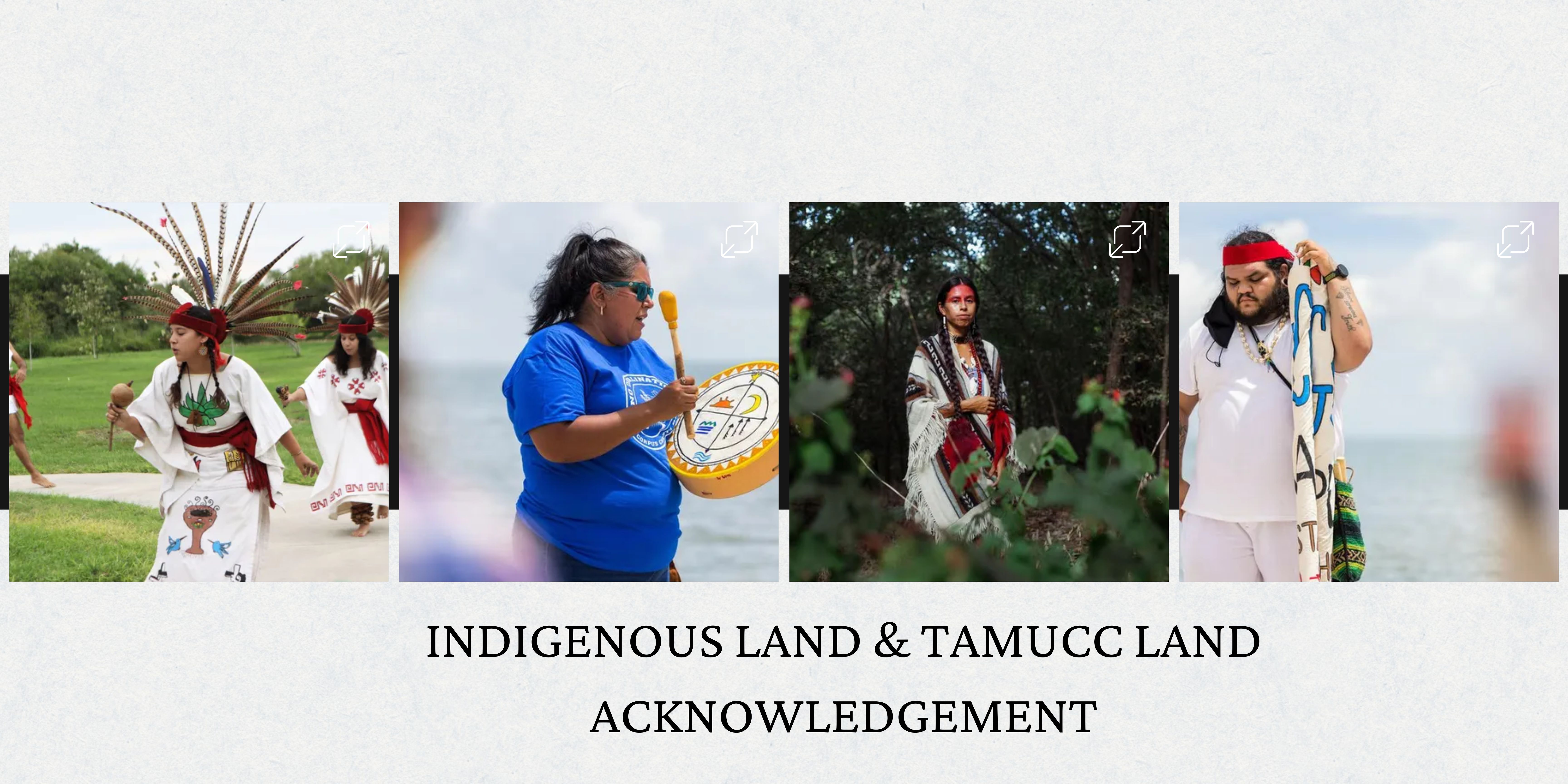
Introduction
Whitmore and Carlson (2022) define a land acknowledgement as a formal statement that acknowledges the original, Indigenous People that inhabited the land in the past. The United State government defines federal recognized Indian tribes that are eligible to received services from United States Bureau of Indian Affairs. The Bureau of Indian Affairs has been around for over 200 years. It is the oldest bureau in the United States Department of Interior. There are currently 574 federally recognized and 66 additional state-recognized Indian tribes.
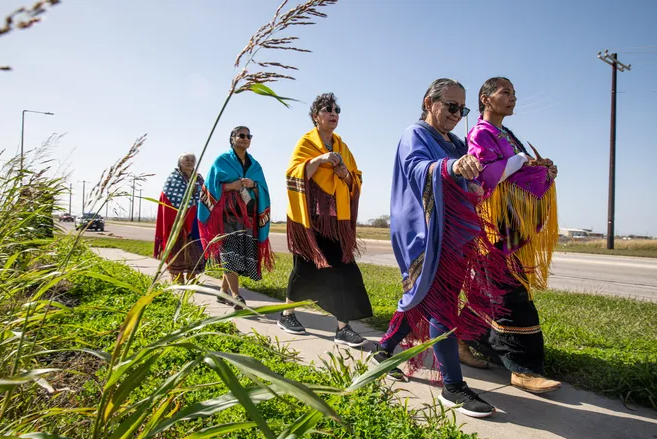
Land Acknowledgement at TAMUCC
Whitmore and Carlson (2022) explain that giving a land acknowledgement builds on an Indigenous traditional custom of speaking to the truth of a place and offers the audience information about the people who lived on the land before colonization. Dr. Dale Pattison, an Associate Professor in the English Department and a faculty senator, became involved when faculty colleagues faced resistance from human resources over including a land acknowledgment in a job ad. He worked with a committee made up of faculty and staff from the university along with local tribal leaders. The Land Acknowledgement from Texas A&M – Corpus Christi Faculty Senate was approved in 2023. It can be found on their website. It is linked below:
Texas A&M University – Corpus Christi Faculty Senate Land Acknowledgement – PDF
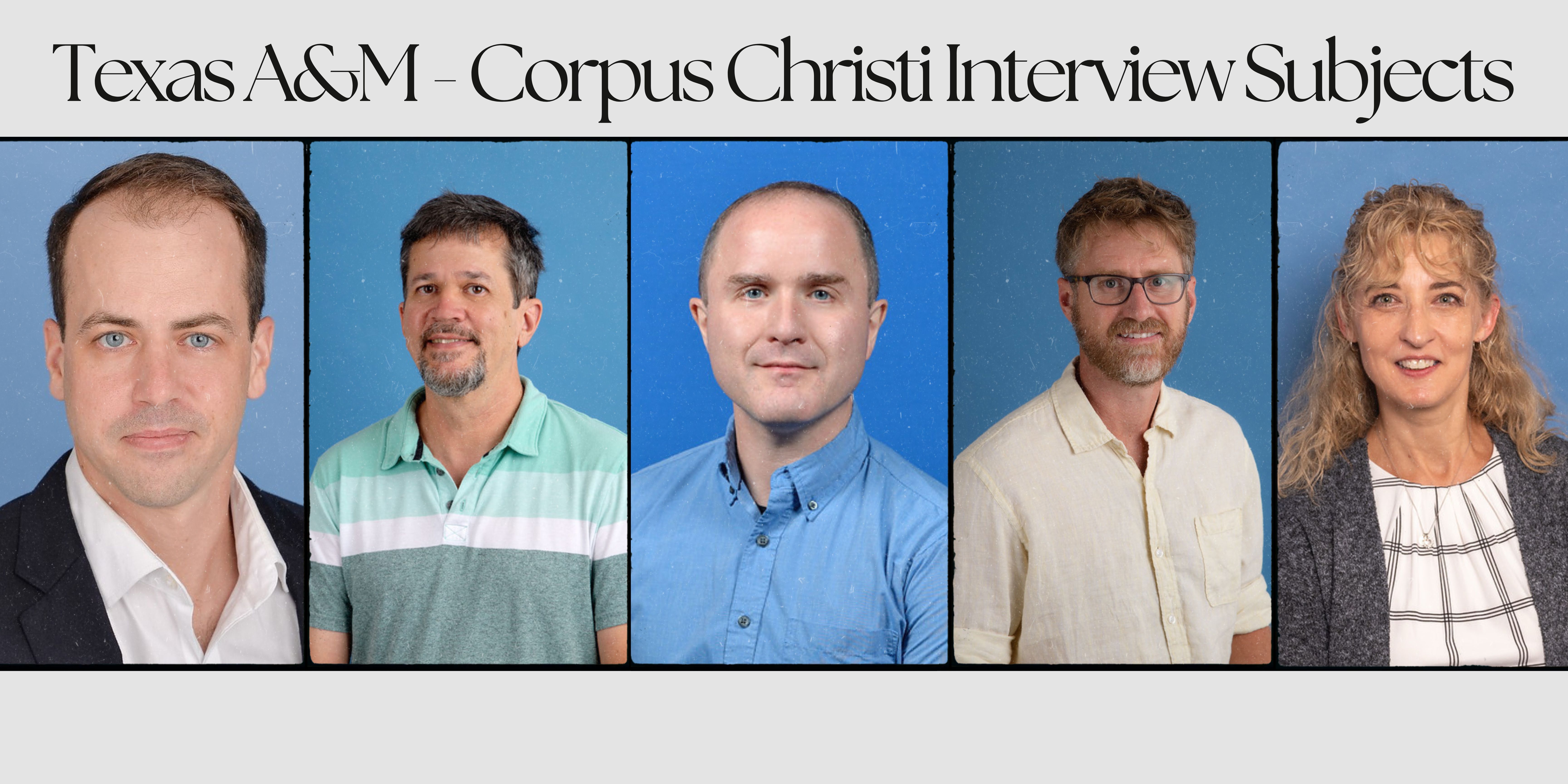
History of Faculty Senate’s Development of Land Acknowledgement
The development of the Land Acknowledgement was a two-year process. The committee that developed it was made up off the following: local Indigenous leaders Tom Bear Claw and Sandra Love Sanchez, and university faculty Alexa Hight, Scott Johnson, Peter Moore, Thomas Oldham, Dale Pattison, and Lori Podolsky. I interviewed Scott Johnson, Peter Moore, Thomas Oldham, Dale Pattison, Sandra Love Sanchez, and Lori Podolsky. Dr. Pattison said that the land acknowledgement project originated from a group of English professors wanting to include a Land Acknowledgement in a job posting that was denied by Human Resources due to there not being a university approved Land Acknowledgement. The process of developing the land acknowledgement involved researching existing acknowledgments, consulting with local Indigenous communities, incorporating their feedback, and gaining faculty senate approval.
- Interview Subjects:
-
- Scott Johnson
- Dr. Johnson is an Assistant Professor of History in the Department of Humanities. He also serves as the Deputy Speaker of the Faculty Senate. Dr. Johnson developed an interest in the land acknowledgment project due to a growing awareness about the university's location on an important Indigenous burial site. Conversations with Dr. Patterson, Dr. Peter Moore, and Lori Podolsky were also pivotal in sparking his involvement.
- Peter Moore
- Dr. Moore is a professor of History in the Department of Humanities. He became involved in the land acknowledgement project primarily due to his research in colonial South Carolina, which involved indigenous histories.
- Thomas Oldham
- Dr. Oldman is an associate professor of theatre in the Department of Theatre and Dance. He became involved in the land acknowledgment project through an ad hoc committee initiated by a colleague in the Faculty Senate at his institution. He mentioned that his motivation to join stemmed from prior reflections on the importance of having a land acknowledgment statement similar to other institutions. Dr. Patterson, Dr. Moore, and Lori Podolsky presented the initial proposal to the Faculty Senate, which Dr. Johnson supported.
- Dale Pattison
- Dr. Dale Pattison is an Associate Professor in the English Department and a Faculty Senator representing the College of Liberal Arts. He became involved when faculty colleagues faced resistance from Human Resources over including a land acknowledgment in a job ad.
- Lori Podolsky
- Lori Podolsky is the Director for Special Collections and Archives for the university library. She had previous involvement in developing a land acknowledgment
- Sandra Love Sanchez
- Sandra Love Sanchez is a Local Indigenous Leader. She is a co-founding member of the Indigenous Peoples of the Coastal Band. Her involvement in the Faculty Senate's land acknowledgment project stemmed from a long-standing commitment to indigenous rights and acknowledgment dating back to 2014-2015.
- Scott Johnson
-
Many of the subjects mentioned that highlighting the presence and significance of indigenous communities, particularly poignant in Texas due to historical erasure of indigenous cultures, such as the Karankawa people. Podolsky emphasizes the importance of land acknowledgments in addressing historical erasure and colonialism's impact on Indigenous cultures. This commitment reflects broader efforts towards reconciliation, as exemplified by Canada's Truth and Reconciliation Commission, which advocates for acknowledging past injustices and implementing educational reforms to dispel stereotypes and racism.
Letter from the Karankawa Kadla Five Rivers Council - PDF
History of Indigenous Tribes in Coastal Bend
Historical researchers believe that four Indigenous tribes have inhabited the Coastal Bend. Those tribes were the Karankawa (Copanes), the Lipan Apache/Nde, the Comanche/Tonkawa, and the Coahuiltecan (Pamoque).
Indigenous People of Coastal Bend Website
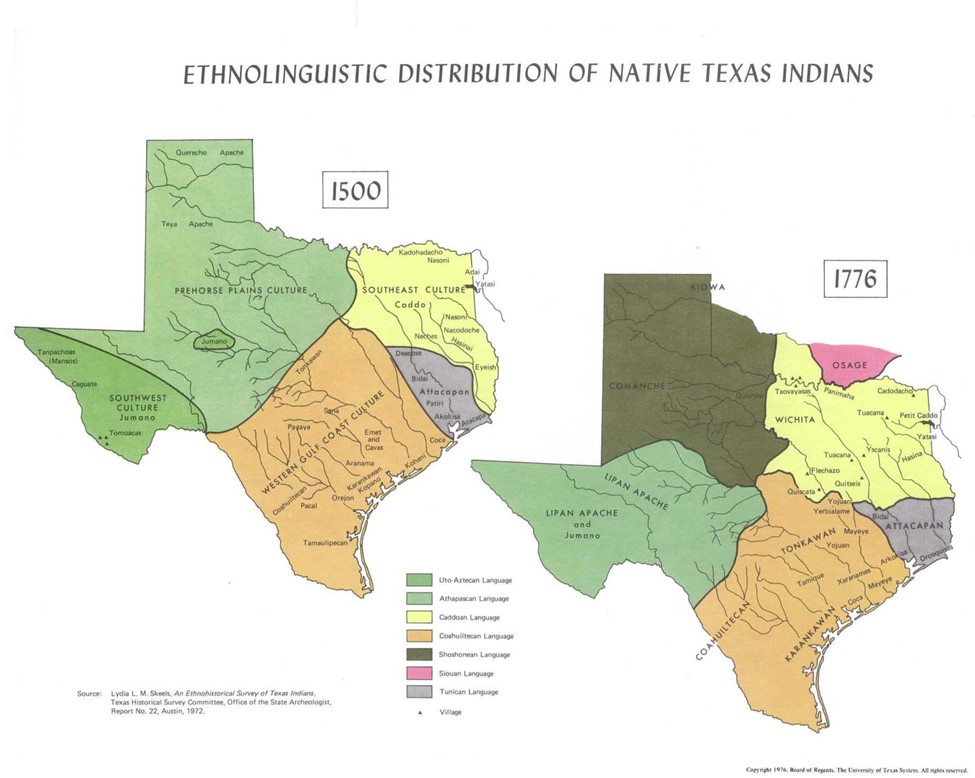
Tim Seiters Website with Research
Indigenous Burial Ground
One of the items brought to my attention during my interview with Dr. Pattison was of the presence of Indigenous Burial Ground on and near campus. Many of the interviewees mentioned the importance of acknowledging the history of the Indigenous People due to our geographic location and the demographics of our student body. The university's proximity to the Cayo del Oso burial ground underscores the importance of awareness and acknowledgment of local indigenous histories and cultures. According to Moore, hundreds of remains have been found along the stretch along Ennis Joslin Road which was constructed in 1954. He notes that only three of the remains, scientists were able to date. One was from 2,800 years ago and the other two were dated back to 700-900 A.D. Moore believes that this suggest that tribes were returning to the site to bury their deceased.
Rogers and Garrett (2023) explain that in 1933, in an archeological study commissioned by the University of Texas, A.T. Jackson excavated the remains of 105 individuals.
Caller Times Article on Burial Site
Connection to Course Content
Academic Perspective: As a researcher specializing in anti-colonial history, primarily French colonial history, Dr. Johnson emphasizes the importance of decolonization and appreciating colonized peoples' histories.
Relevance to the Community: Given the university's location and its student demographic, acknowledging the historical and ongoing impacts on Indigenous communities is vital.
Inclusion: It's important for the diversity of faculty and students and serves as recognition of their presence and history.
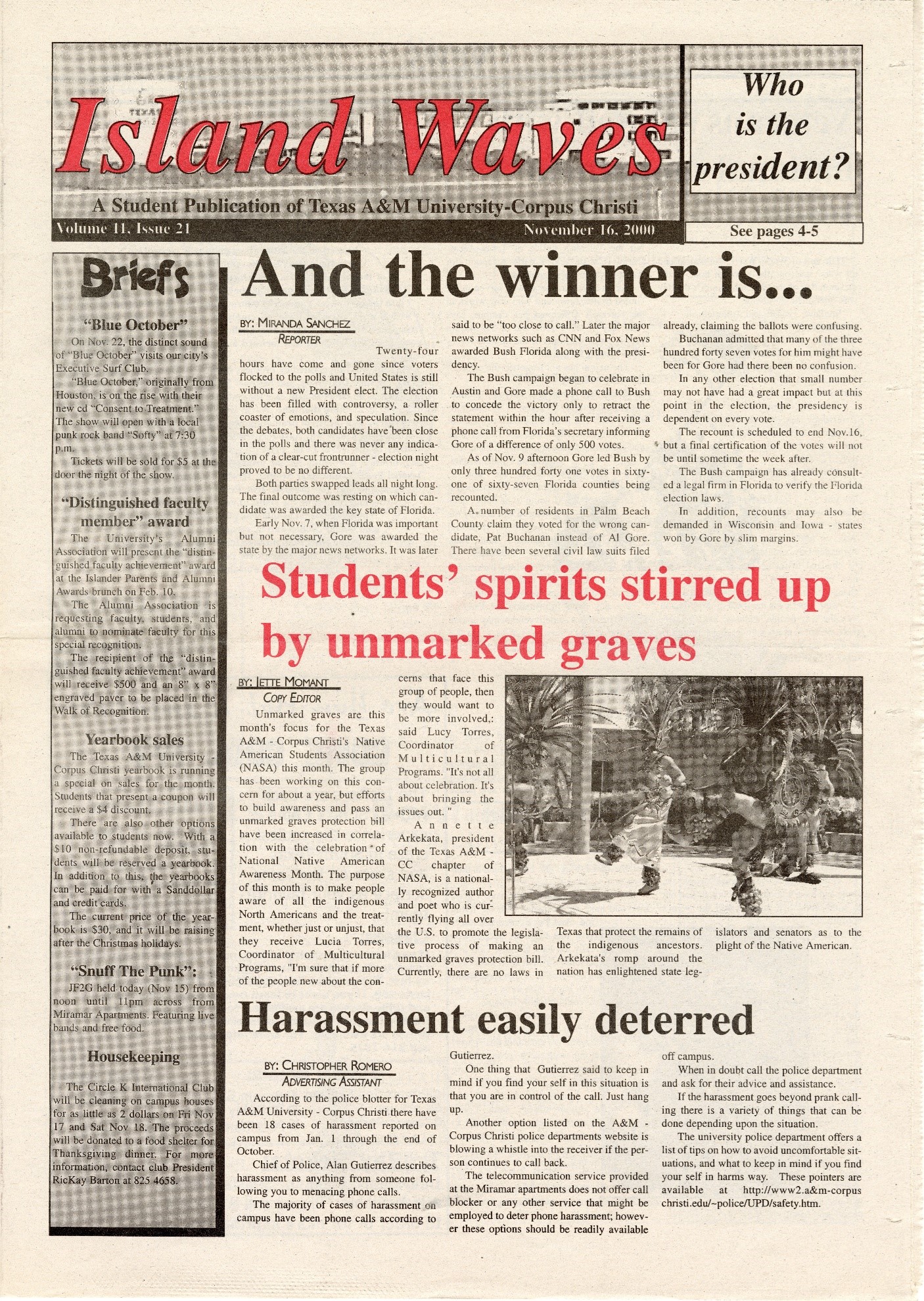
Conclusion
As noted by many of the subjects interviewed for this digital exhibit, land acknowledgments are seen as the beginning, not the end, of the journey towards full recognition and integration of indigenous peoples in institutional narratives. Sandra Love Sanchez suggests more actionable initiatives should accompany recognitions, such as designated spaces for cultural activities like drum circles or gardens.

References
Bureau of Indian Affairs. (2010). Bureau of Indian Affairs (BIA) | Indian Affairs. Bia.gov. https://www.bia.gov/bia
Lipscomb, C. (2020). TSHA | Karankawa Indians. Www.tshaonline.org; Texas State Historical Association. https://www.tshaonline.org/handbook/entries/karankawa-indians
Jackson, A. T. (2004). The Cayo del Oso Site (41NU2) Volume I A Historical Summary of Explorations of a Prehistoric Cemetery on the Coast of False Oso Bay, Nueces County, Texas. Index of Texas Archaeology: Open Access Gray Literature from the Lone Star State, 2004(1), Article 10. https://doi.org/10.21112/ita.2004.1.10
Robinson, D., Hill, K.J.C., Ruffo, A.G., Couture, S., & Ravensbergen, L.C. (2019). Rethinking
the Practice and Performance of Indigenous Land Acknowledgement. Canadian Theatre
Review 177, 20-30. https://muse.jhu.edu/article/716610.
Rodgers, C., & Garrett, O. (2023, May 25). Native American graves were dug up in Nueces County. Many human remains still await return. Caller Times. https://www.caller.com/in-depth/news/local/texas/2023/05/25/why-native-american-human-remains-still-await-return-to-nueces-county/70101452007/
Whitmore, C., & Carlson, E. (2022). Making Land Acknowledgements in the University
Setting Meaningful and Appropriate. College Teaching, 72(1), 9–14.
https://doi.org/10.1080/87567555.2022.2070720
